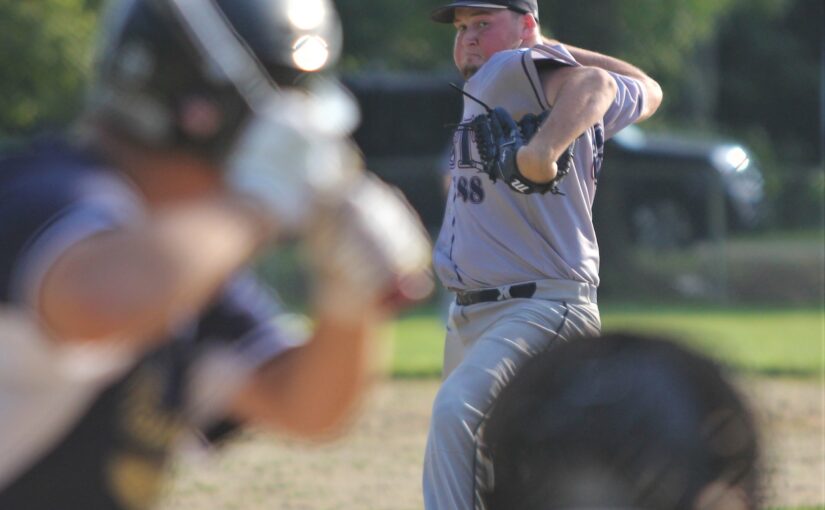MPFL Repair vs. MPFL Reconstruction for Patellar Instability
Results presented here showed patients who underwent medial patellofemoral ligament (MPFL) repair for patellar instability had a higher failure rate compared with MPFL reconstruction at long-term follow-up.A recent report from Healio.com highlighted the study’s findings from patellar instability patients in long-term follow-ups.
 Below is an excerpt from the Healio.com article about MPFL repair vs. reconstruction for patellar instability.
Below is an excerpt from the Healio.com article about MPFL repair vs. reconstruction for patellar instability.
Erick Marigi, MD, who presented the study at the American Orthopaedic Society for Sports Medicine Annual Meeting on behalf of Bradley Kruckeberg, MD, and colleagues at the Mayo Clinic, noted researchers retrospectively identified patients who underwent either MPFL reconstruction (n=29 knees) or repair (n=29 knees) for two or more episodes of patellar instability and had a minimum of 8 years of follow-up. Researchers recorded pre and postoperative demographic, surgical, imaging, and clinical data for each patient.
The two groups had no differences in age, sex, number of dislocations, sports participation, or preoperative tibial tuberosity-trochlear groove distance, according to Marigi.
“However, the MPFL reconstruction group was younger at the time of initial injury they had higher rates of generalized laxity and also longer intervals between the injury and surgery, in addition to a shorter follow-up of 9 years compared to 14 years with the repair group,” Marigi said.
Although the MPFL reconstruction and repair groups had no differences in postoperative outcome scores, including Tegner score, Lysholm score, Kujala score, return to play rates, complications, and reoperations, Marigi said patients in the MPFL repair group had a 41% failure rate vs. a 14% failure rate in the MPFL reconstruction group. Marigi noted failure rate was defined as “repeat patellar dislocation at any time after surgery.”
“We performed a multivariate analysis looking at some of these risk factors where we demonstrated that MPFL reconstruction had a lower odds of failure whereas increasing age at the time of surgery leads to increased odds of failure,” Marigi said.
To read the full story from Healio.com, click here.







